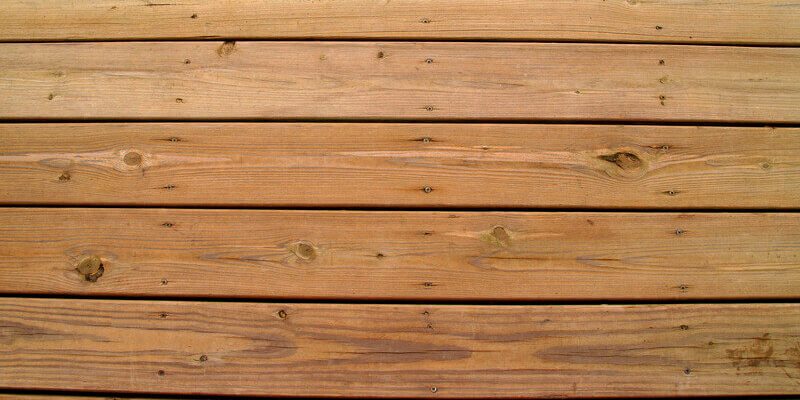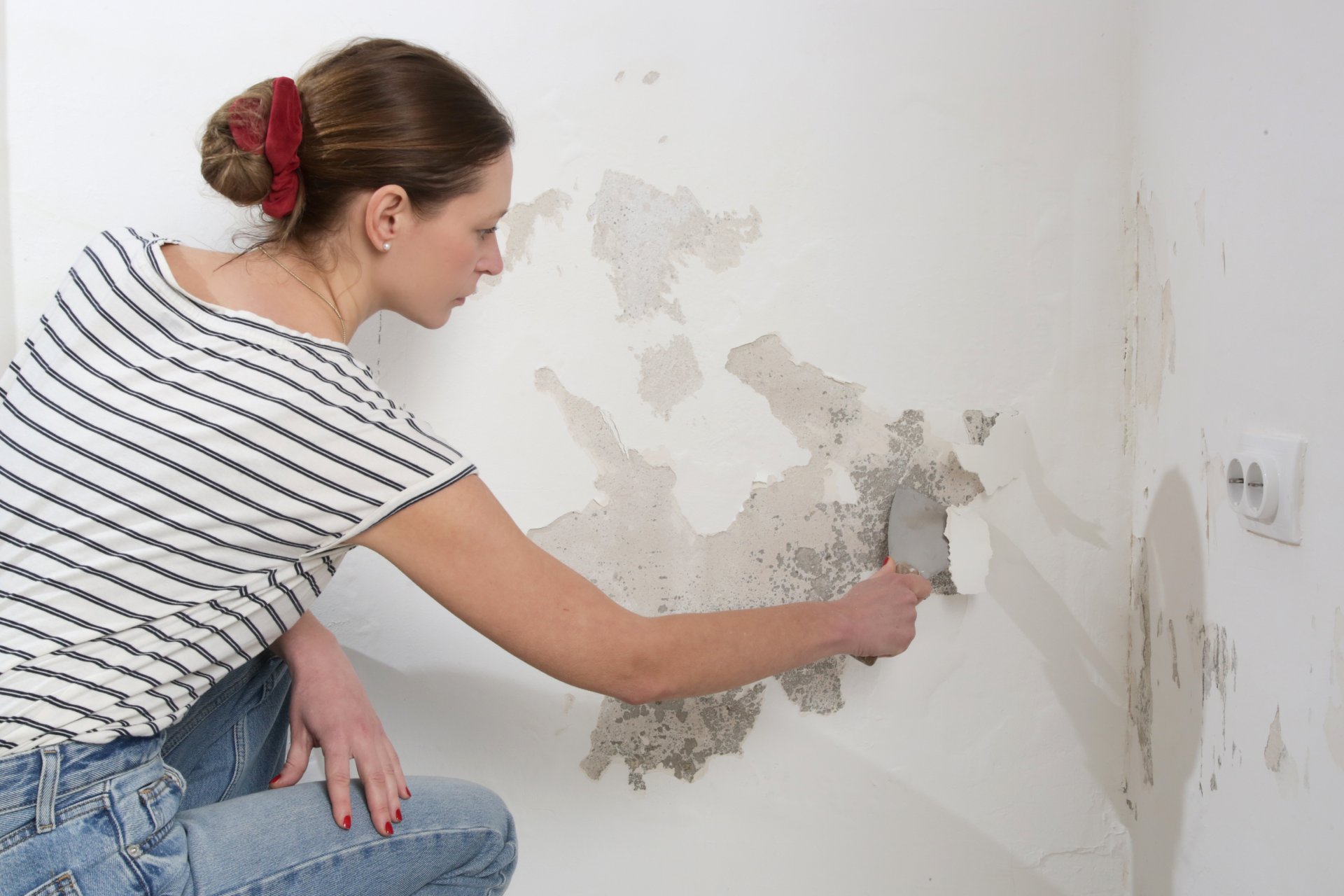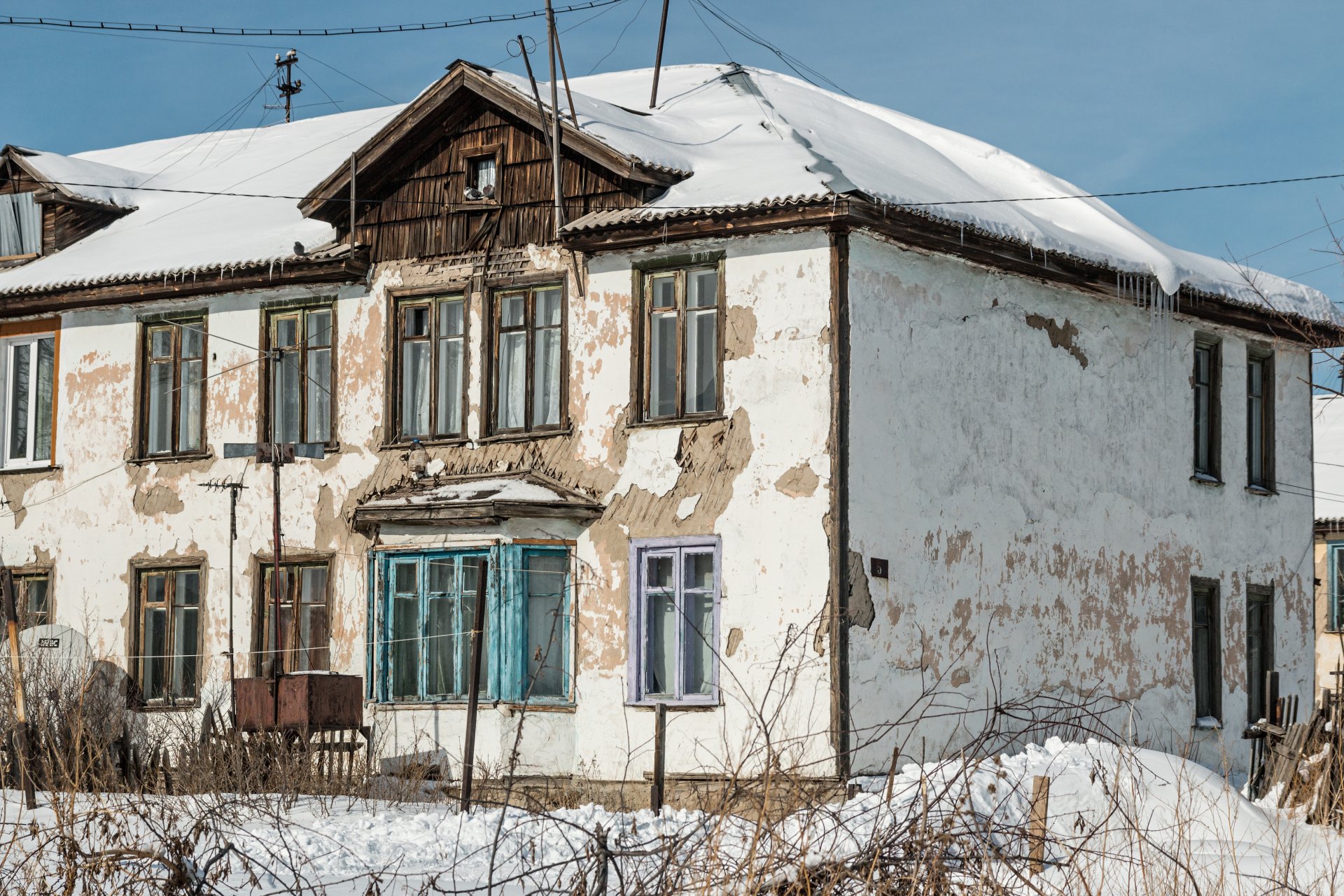Although there are many reasons to paint your deck, painting it will cover the detailed elements that make your pressure-treated wood unique. Its lifespan is longer and presents varieties of color options, but it also restricts your deck’s uniqueness. Painting your pressure-treated wood will surely add value to your deck. The question is – what is the average cost of painting a pressure-treated wood.
When you are looking to change the look of your old deck and safeguard your investment, painting is one of the options worth considering. When you go for a quality paint job, know that even your ugly looking pressure-treated wood can come back looking just like new.
Paint covers the natural features of the wood, unlike stain, and creates an attractive look. Some people prefer that, while some don’t. Although the time required to paint a deck is more than what is required when staining it, the results last longer. You may not need to paint your deck until after 10 years if the paint job is properly done.
The painting also prevents your deck much better from the weather conditions. This post will look into what is included in your painting cost to give a guide to budget appropriately for your pressure-treated wood painting.
Average Cost of Painting a Pressure-Treated Wood
Pressure-treated wood painting and staining cost right about the same amount, which is calculated at an average of $2 to $3/Sq-ft, but could cost up to $5/Sq-ft or more if the details of your deck are very much or the shape is very rough. A DIY approach to pressure-treated wood painting is relatively cheap. Plan a few hundred dollars to get paint and painting supplies.
You need to figure out the decks’ size before you purchase the paint so you can get the right quantity of paint for the item you are painting. This can be done by finding out the square footage of the wood and calculating the average coverage of the paint you plan to use on the exterior.
The median coverage of exterior paint is around 250 and 400 Sq-ft/gallon. One gallon will probably be enough for each coat of paint as the average size of the deck is from 300 to 400 Sq-ft. If you choose the multiple-coating method, you may probably need to get additional paint.
It is also important to buy a bit excess to cover for spillage and some areas that might need extra coats. Paint generally cost between $50 and $100/gallon on average based on the quality of your preferred paint.
Additional Project Costs of Pressure-Treated Wood Painting
Note that before you start painting pressure-treated woods, it might be in your best interest to treat the item against pest infestation or mold growth or you may also need a primer before painting. You may also need painting supplies such as paint trays, brushes, drop cloths, and rollers for DIY painting. These painting supplies are very important to consider and usually forgotten during estimation.
Below are the additional costs to expect when planning pressure-treated wood painting:
- Repair Costs: You need to get any necessary repair work done on the wood before painting since there will be no blending problem for the balusters and new deck boards after finishing. To know how many boards you will need for sectional repair of flooring, check for any balusters that may require replacement.
- Project Preparation: You need to clean the surface of the pressure-treated wood before you start the painting task as this will improve the adhesion of paint and also get a perfect finish.
- Using a Pressure Washer: Although using a pressure washer is very effective in cleaning the deck’s surface made of pressure-treated wood, be careful not to apply too much pressure or pick the wrong tool because it can damage your wood. If you don’t already own a power-washer, then it is the right time for you to purchase or rent one. A medium-sized pressure washer cost an average of $70 daily. It is advisable to rent on the weekend so you can use it to tackle any task that requires power-washing.
- Cleaning: You might not need more than a simple clean based on the condition of your deck. Grab an outdoor brush with top-level and high-quality bristle alongside some cleaning solution that will not leave any deformity or damage on your type of decking. First, check the label of the cleaning solution to know if it is right for your pressure-treated wood. Use a synthetic bristle, as it is harder than a natural one, which most of it may be dissolved by the cleaning solution being used.
- Labor Costs: Deck made of pressure-treated wood painting can take a whole day from your hired professional (if you plan to hire one), and that is why labor cost may cost a few hundred dollars. The average hourly rate of labor is $40, and the entire painting process may take 6 hours or more. Due to the difference in labor rates at each of the countries from company to company, we suggest that you get many estimates before you start your deck painting project. Professionals also offer preparatory cleaning, but it will greatly affect your price.
Pros of Painting Pressure-Treated Wood
Easier to maintain – Deck staining can only last between 1 to 3 years before another staining is required while a good pressure-treated wood painting job can last several years. Painting can withstand the elements far better than staining.
More color options – Your color options when painting are limitless. You can opt for any type of color that comes to mind when painting. You can even pick a color that matches the color of your house for your deck.
Hides flaws – Paint does a better masking job in the wood. The paint will give you an outstanding result on your old, weathered, or corroded wood.
Cons of Painting Pressure-Treated Wood
Difficult to apply – Pressure-treated wood painting is a major task that requires a lot of preparatory work. You need to thoroughly clean the wood before you apply 2 coats of primer before you apply the first coat of paint. The wood may also require sanding or stripping. This is one of the reasons you need a local house painter.
Not really moisture resistant – Painting cannot resist moisture as stain would. Painting may not be a wise choice if your home is located in rainy or harsh weather.
Time-consuming – Pressure-treated wood requires a lot of time to dry out before it can be painted, unlike the kiln-dried wood. Your newly purchased pressure-treated wood is probably still wet and cannot be painted. You need to leave it to dry if there is water on the surface. It can take weeks up to months for pressure-treated wood to dry. You can start painting the wood immediately it absorbs the water on the surface.
Choosing a Paint for Pressure-Treated Wood
You must use the right type of paint and primer on your pressure-treated wood. The use of latex primer for priming and water-based paint (compatible exterior latex paint) is recommended by our experts. We advise you to stay away from oil-based paint.
You have the option of two paint types to choose from – oil-based paints do last longer and are effective in giving out moisture. However, during extreme heat, the paint doesn’t do well, and all you get is a glossy result. On the other hand, latex-based paint is not as good in moisture repellent but performs better during hot weather.
It comes in both glossy and different kinds of sheen. Regardless of your option, make sure you buy a paint that are of high-quality to avoid painting every two years.
Professional Pressure-Treated Wood Painting
Would you prefer to enjoy your weekends with your family and/or friends? Your pressure-treated wood will surely get a nice and fresh coat of paint or stain from our professional deck painting and staining services. Contact us at (214) 978-4400 or visit our website to get a free estimate, get a new astonishing look on your deck, and protect your investment in the process.
FAQ on Pressure Treated Wood
What does Pressure-Treated Wood mean?
Usually called PT wood by professional deck builders, pressure-treated lumber is used in building over 70% decks in the country. That is a significant part of the entire materials used in building decks. PT wood is often made from pine, and the first choice is the southern yellow pine.
Vacuum pressure is applied to chemical preservatives in a closed cylinder to force them into the wood. The preservatives are used to eliminate fungus, rot, and insects that eat on cut timber. Below are the popular chemical formulas used in pressure-treated wood:
- Alkaline copper quaternary (ACQ)
- Copper azole (CA)
- Micronized copper quaternary (MCQ)
- Micronized copper azole
Can I paint pressure-treated wood?
The majority of PT woods can be painted, although you have to allow it dry before you paint them. Painting might be done in a few weeks after installation if you live in warm environments.
Still, you might have to be patient for six months (recommended) after installation to paint the deck if you live in a place with cool and dampen temperature. You can find out if the wood is dry enough for painting when you sprinkle little drops of water on it, and it absorbs it.
What are the things needed for paining pressure-treated wood?
You can paint new woods as soon as it dries. You need to use a power washer to wash your older deck and leave it to dry. Make use of a primer specially made for wood decks, and get ready to apply 2-top coats of exterior paint designed for the deck.
What is KDAT wood, and why is it the best choice?
KDAT means Kiln Dried After Treatment and is a great choice because dried wood after pressure treatment has less exposure to the risk of warping and cracking
Is CCA contained in pressure-treated wood?
CCA means Chromated Copper Arsenate. Arsenic is contained in the arsenate, just as the name suggests. CCA However, the industry stopped the use of CCA in the early 2000s even though it is not the main chemical formula used for pressure-treating wood for many years.
Is painting or staining a better option for a deck?
Moisture will only be trapped in the wood when you paint or use a strong-color stain without sealer. The deck wood will swell and shrink without peeling, chipping, or cracking. The amount of tinting on the stain will determine how better your deck will be protected from moisture and fading.
Is painting over stain without sanding possible?
Painting has no problem with stain at all; it will adhere perfectly to it, but the shiny coat of varnish or lacquer, which is usually applied on the stain is what you should worry about. You need to get rid of the varnish using a de-glosser or sandpaper before you can paint on a stained deck.
What is the waiting duration before you can paint pressure-treated wood?
Six (6) months as recommended. There are different opinions on the amount of time you should wait for pressure treated wood to dry before painting. Some suggest a year, while others suggest six months. It all depends on the level of dryness of the wood during installation. You can just sprinkle water on the wood to see if it absorbed, if it does, it is ready for painting, and if it doesn’t, you have to wait.
What paint is the best for pressure-treated wood?
Lastly, your pressure treated wood can be painted. Make sure you apply 2 coats of paint for a nice finish. Since oil-based paints can refuse the surface, it is better to use latex-based paint on pressure-treated wood.




